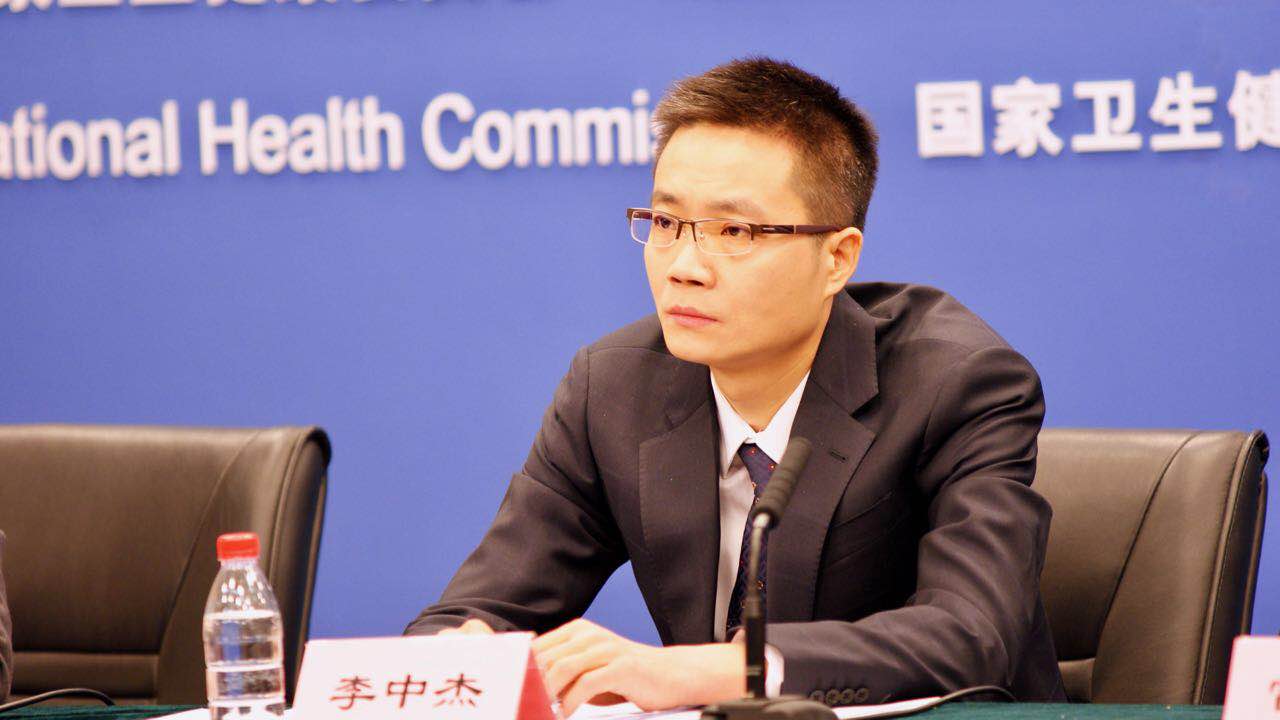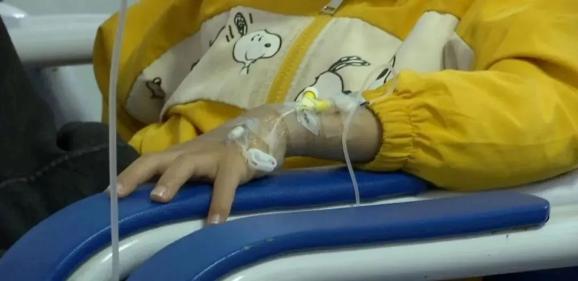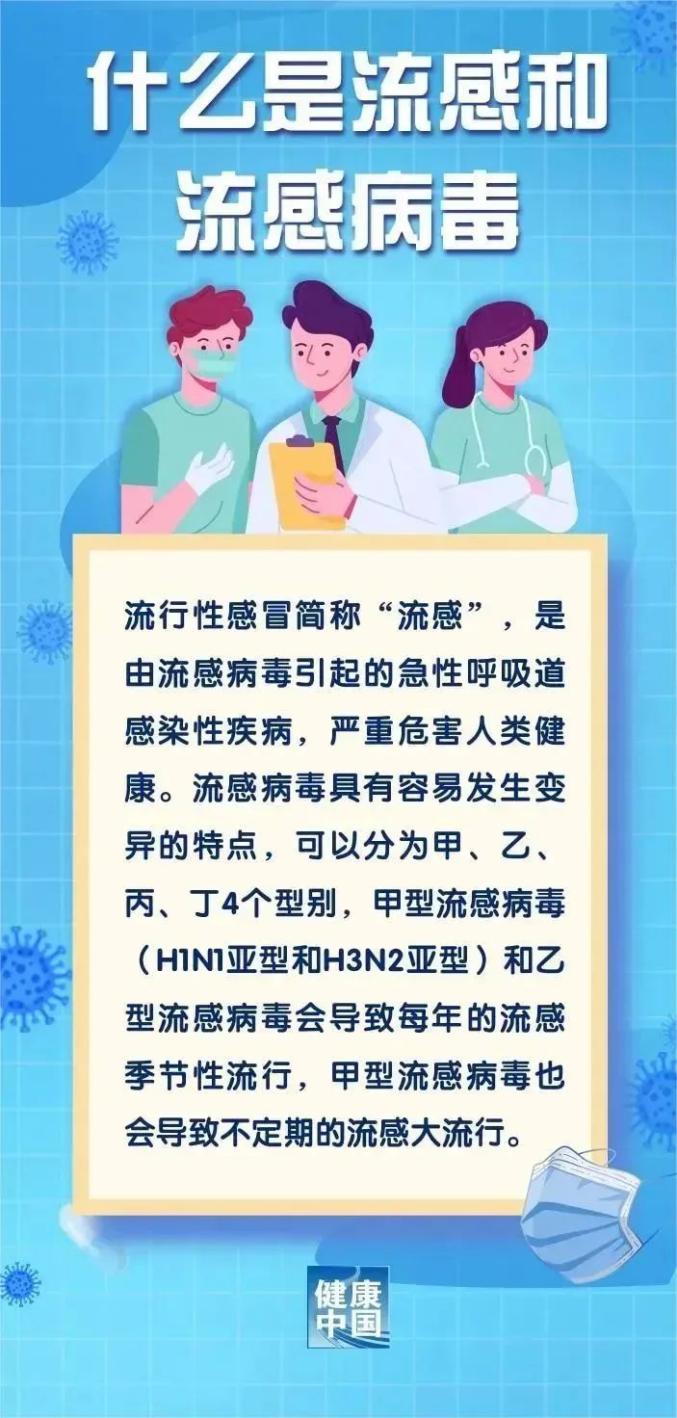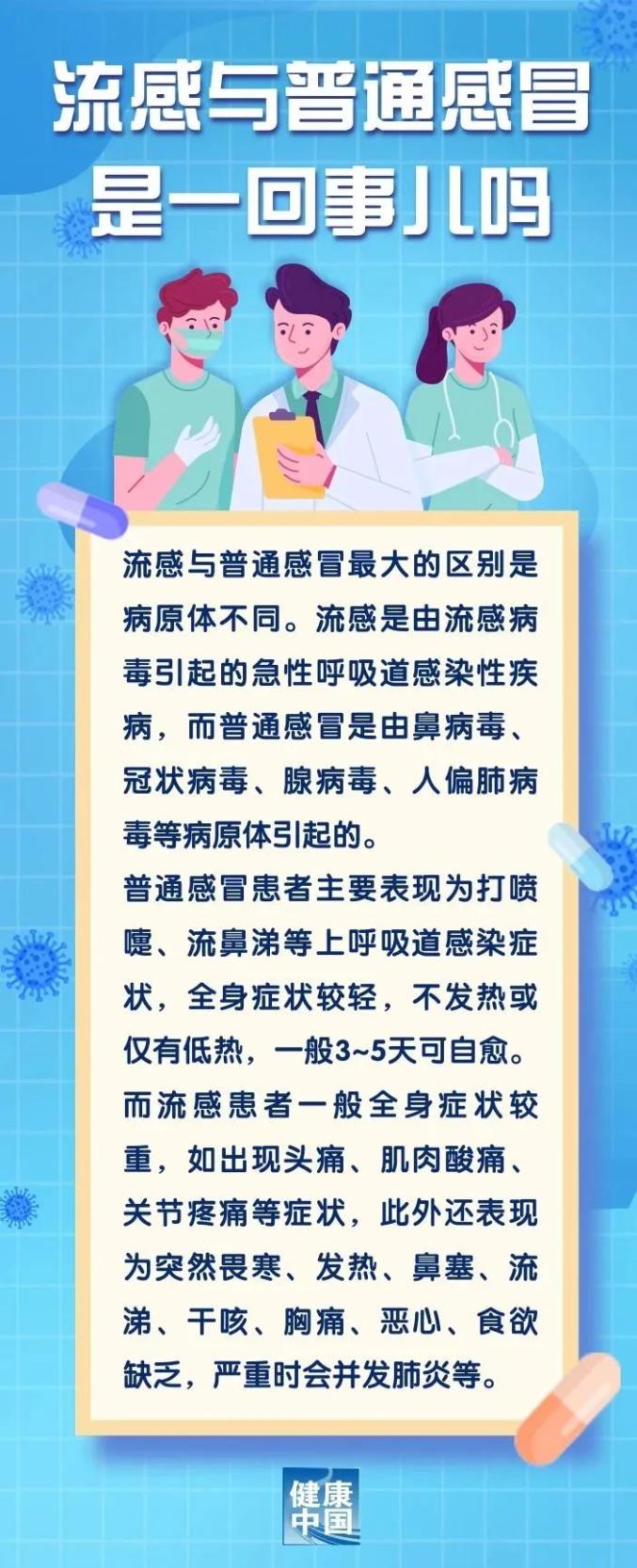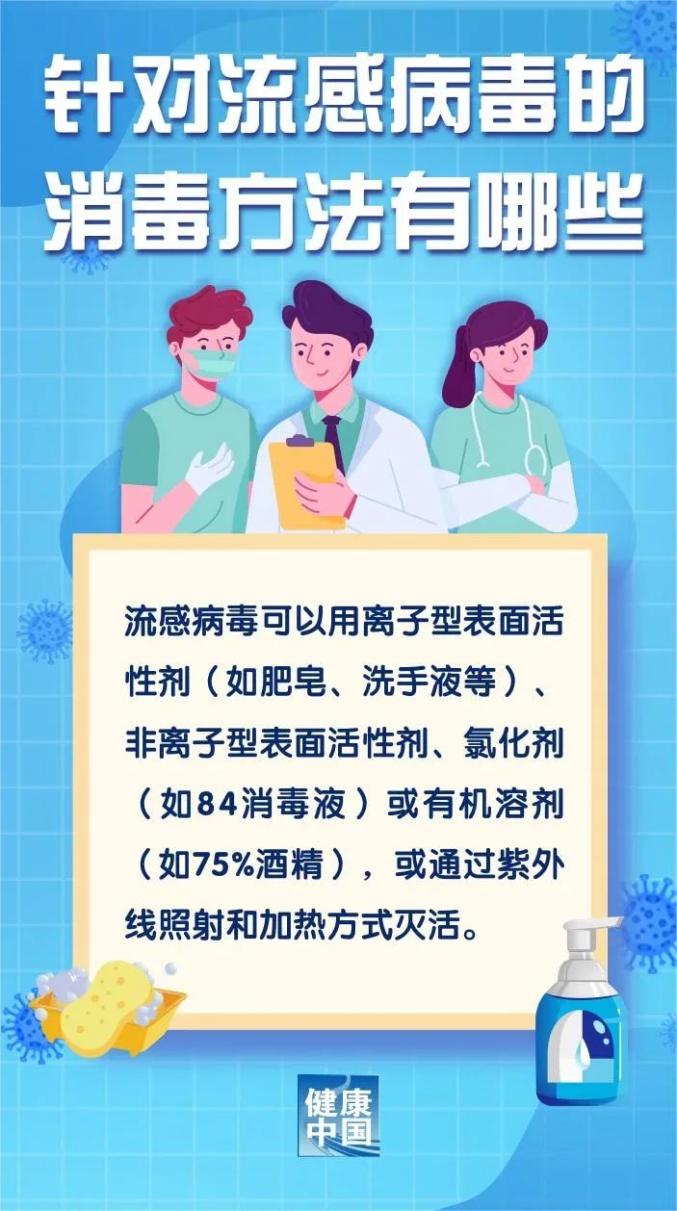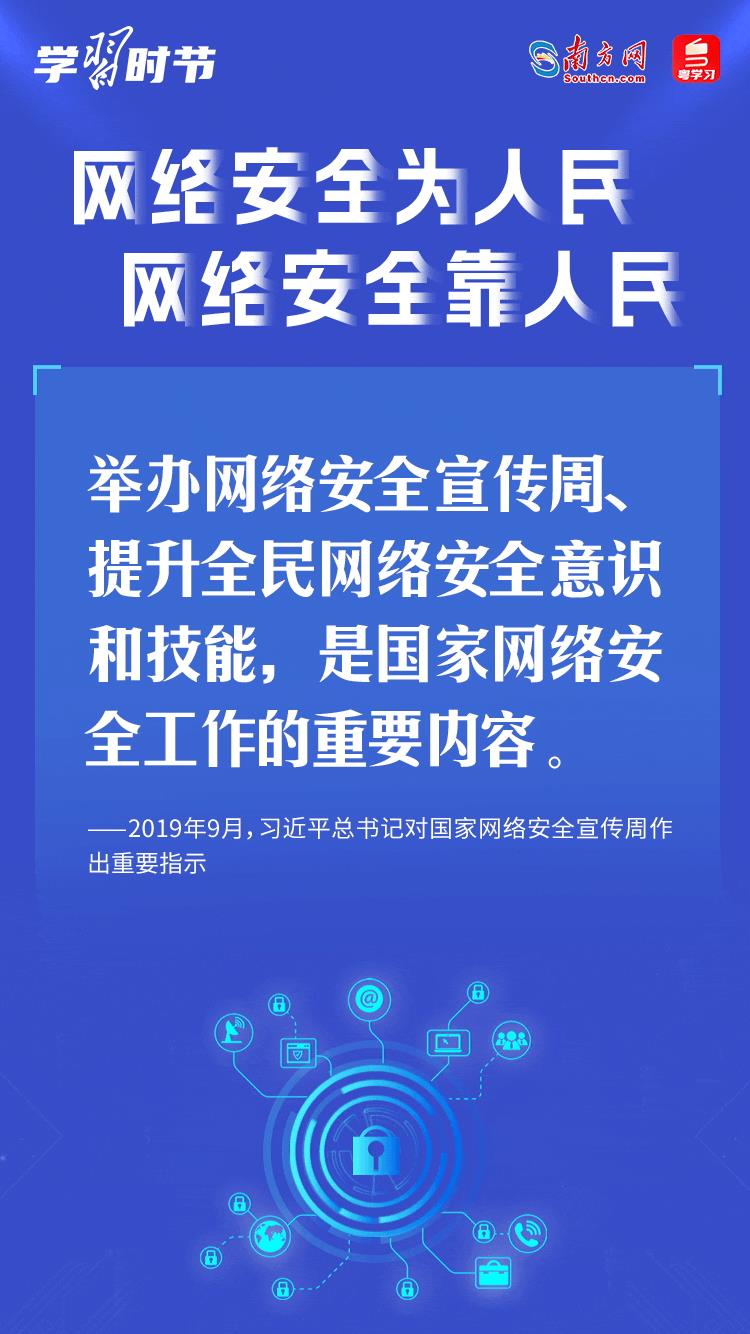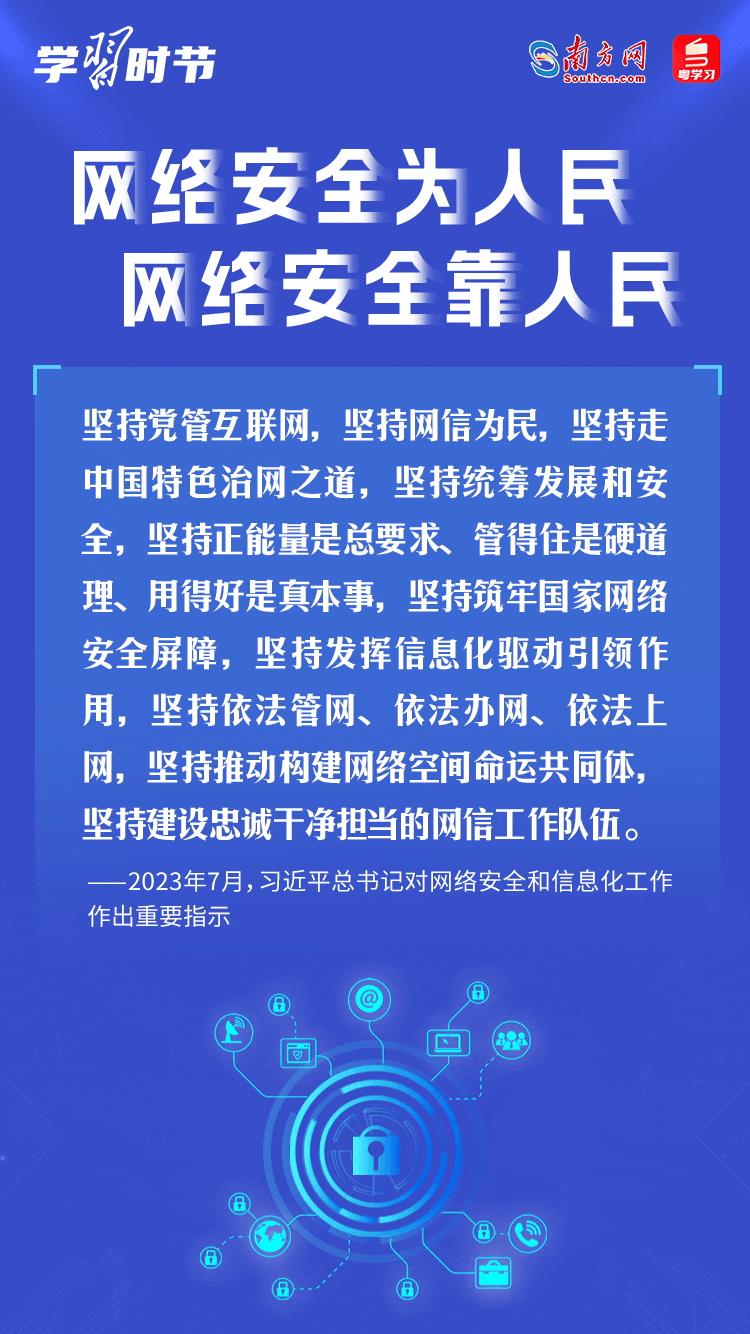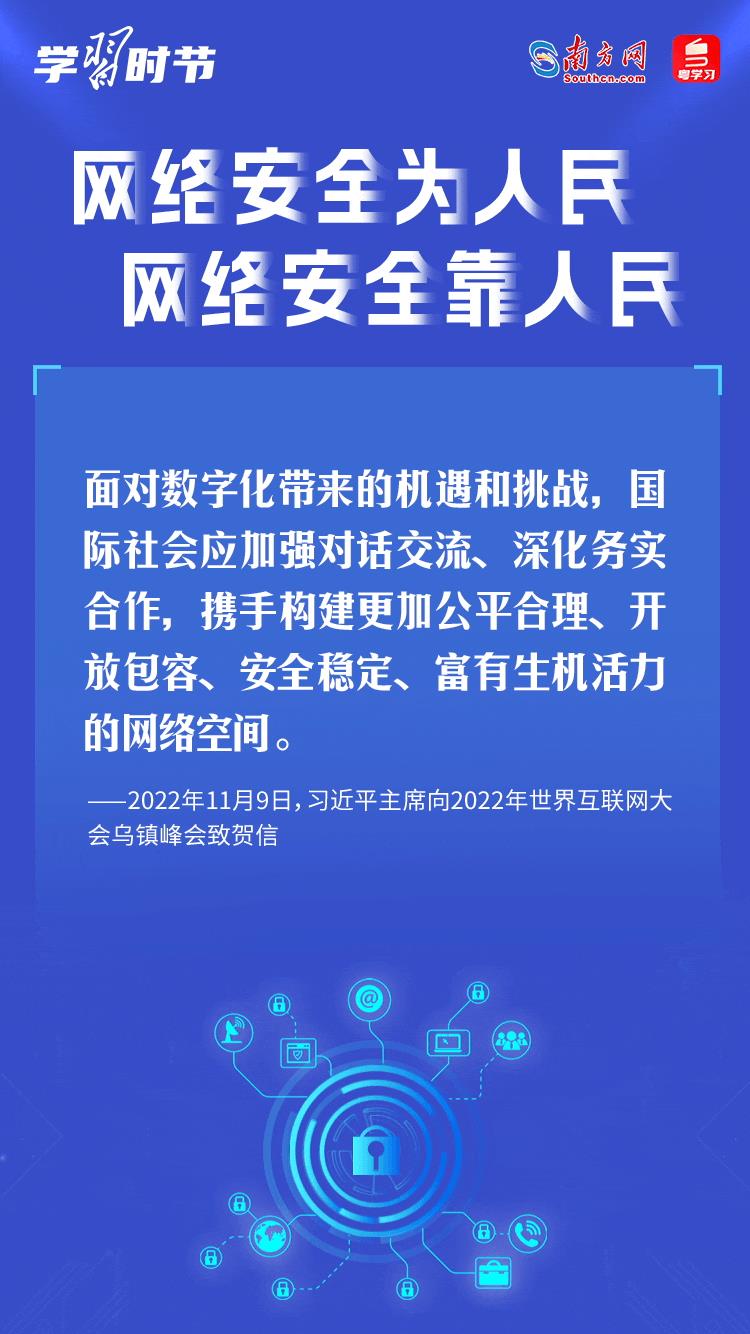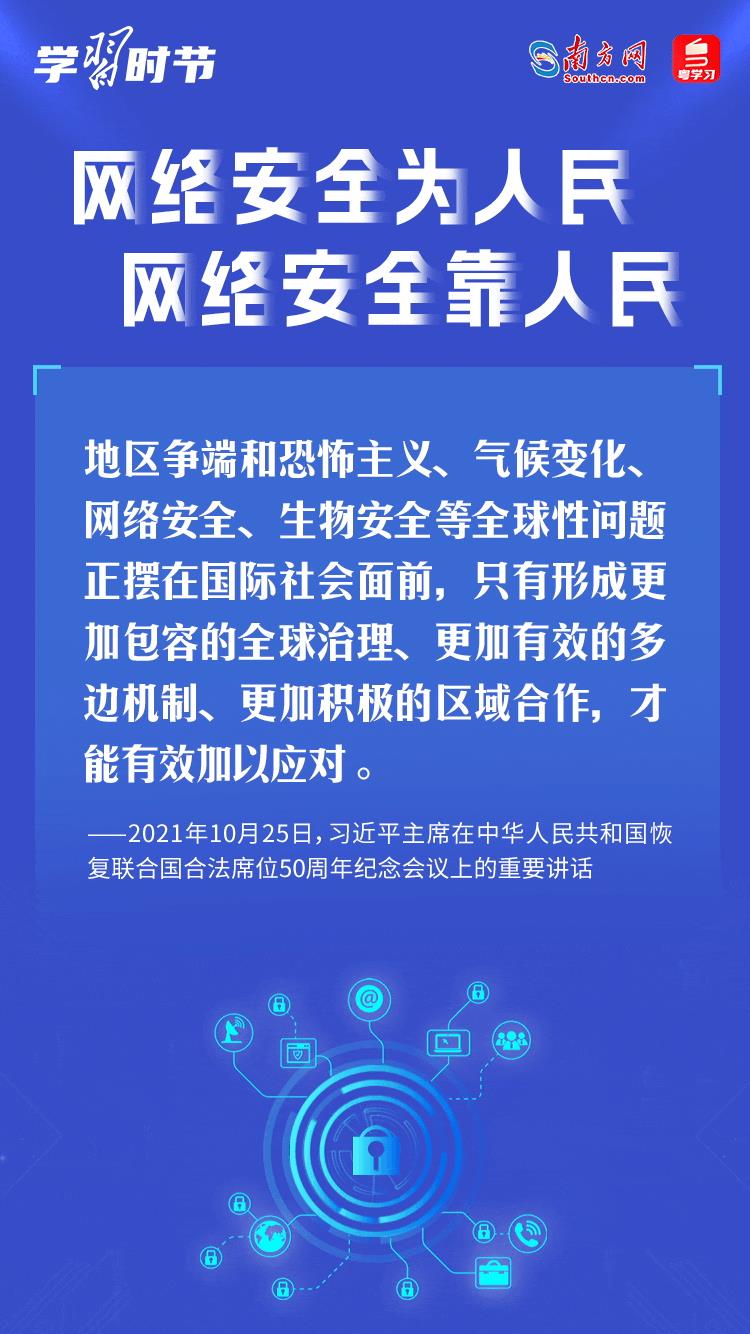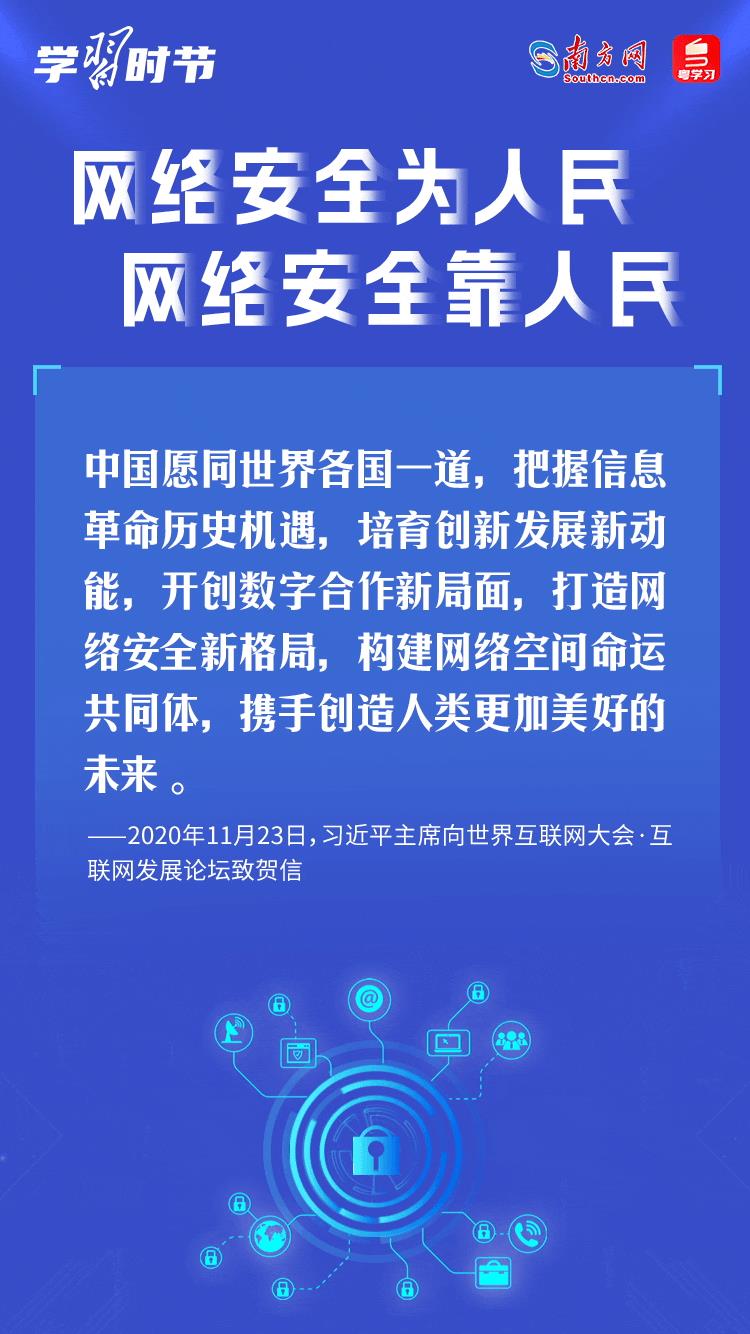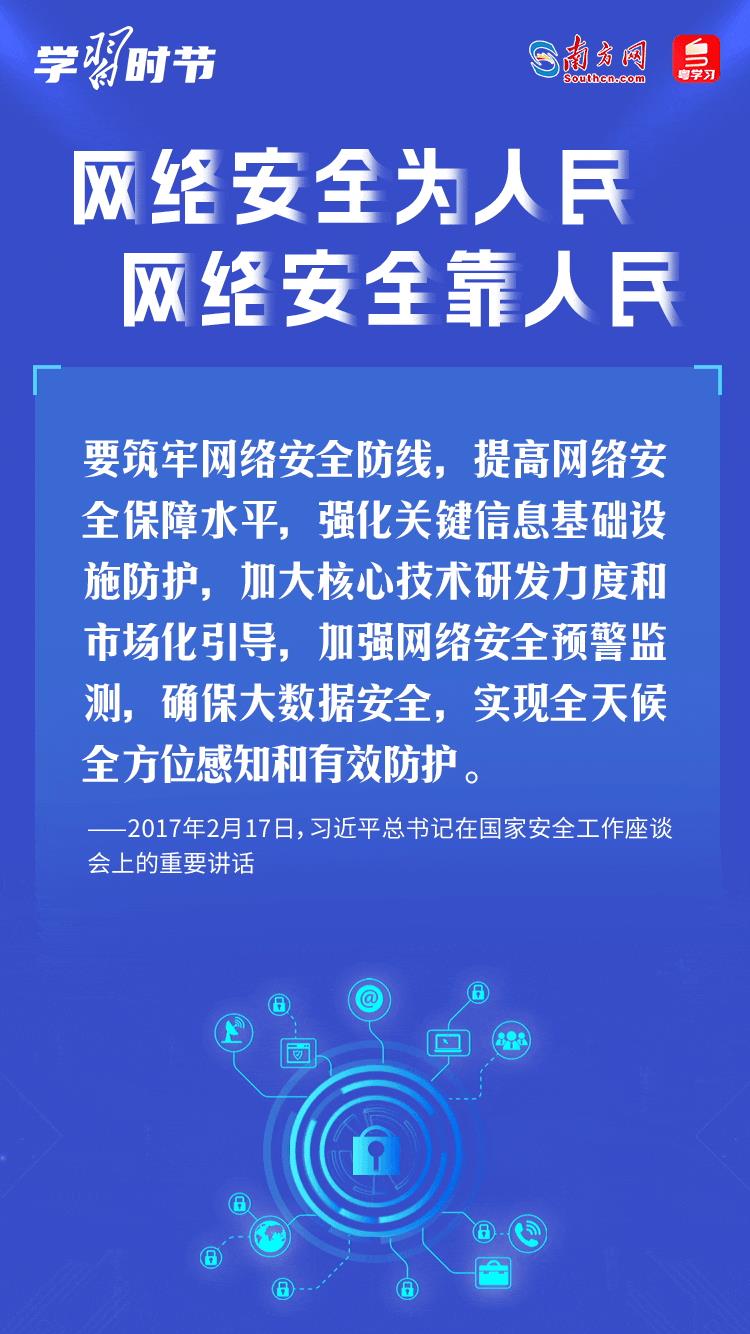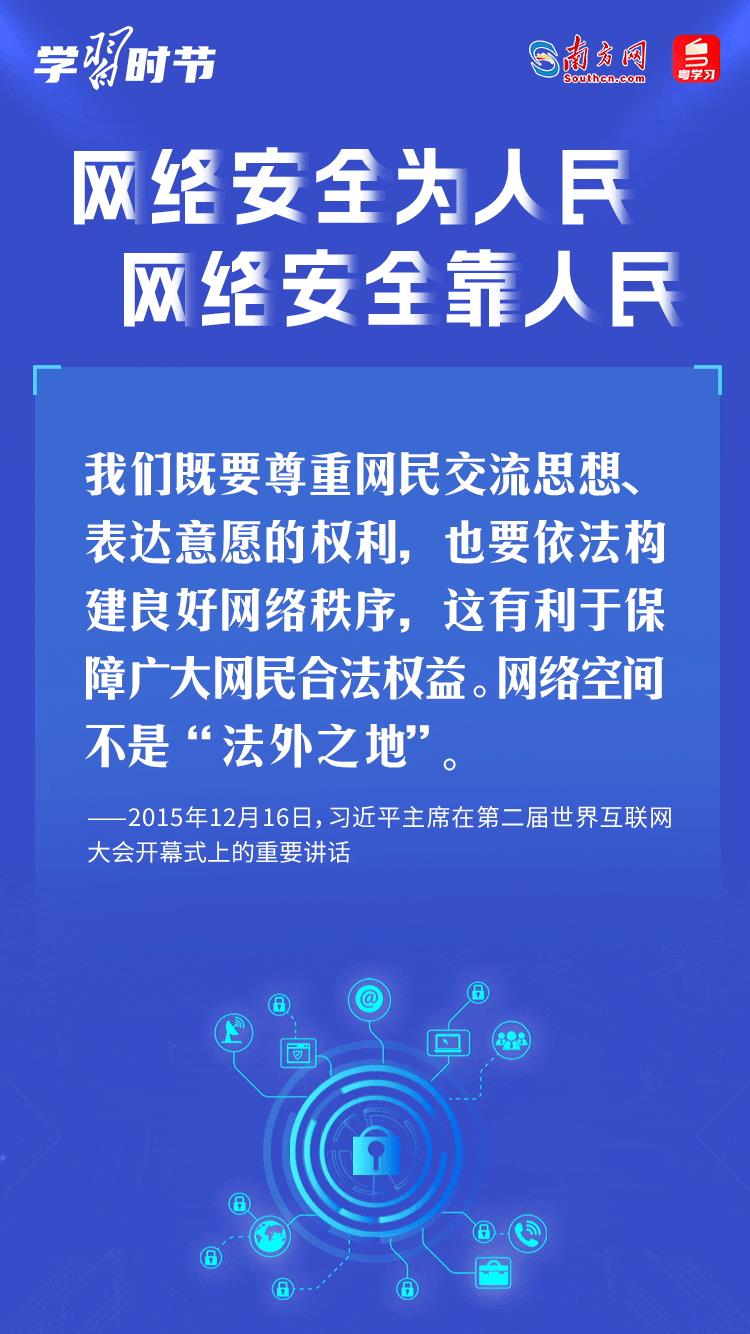Under the background of stable macroeconomic operation, China’s agricultural and rural reform and development have achieved remarkable results, and the role of agriculture as a ballast stone for economic and social development has become increasingly significant. This report reviews the development of China’s agriculture and rural areas in 2021, analyzes the important opportunities and challenges faced in 2022, and predicts its development trend. On this basis, it puts forward relevant countermeasures and suggestions based on the hot issues that need attention in the process of agricultural and rural economic and social development.
Agriculture grew steadily and grain reached a new high.
2021 is the first year of the "14th Five-Year Plan". China has overcome the adverse effects of the COVID-19 epidemic and the complicated international economic situation, the overall economy has recovered, agriculture has continued to maintain high-quality and steady development, farmers’ living standards have been continuously improved, and the rural landscape has been further improved.
The agricultural economy grew steadily and the grain output reached a new high. In 2021, the added value of the primary industry increased by 7.1% over the previous year, reaching 8,308.6 billion yuan, accounting for 7.26% of the GDP, which was lower than that in 2020. In the first three quarters, the total output value of agriculture, forestry, animal husbandry and fishery reached 9,286.34 billion yuan. Among them, the total output value of agriculture is 4,667.11 billion yuan, the total output value of forestry is 384.13 billion yuan, the total output value of animal husbandry is 2,832.90 billion yuan, and the total output value of fishery is 912.96 billion yuan.
The comprehensive agricultural production capacity has been continuously improved, and the production of important agricultural products such as grain has made steady progress. In 2021, 100 million mu of high-standard farmland was built nationwide, and the mechanization rate of crop cultivation and harvest exceeded 72%, of which the comprehensive mechanization rate of wheat cultivation and harvest reached over 95%. The national total grain output reached a new high, reaching 1,365.7 billion Jin, an increase of 26.7 billion Jin over the previous year and a year-on-year increase of 2%. It remained above 1.3 trillion Jin for seven consecutive years, achieving "18 consecutive years of prosperity". The national grain planting area was 1.764 billion mu, an increase of 12.95 million mu over the previous year, with a year-on-year increase of 0.7%, which maintained the growth trend for two consecutive years.
The agricultural product market operated smoothly, and the producer price dropped slightly. Basic self-sufficiency of grain and absolute safety of rations are the general pattern of grain supply and demand. Judging from the market situation of major cereals, the supply and demand of wheat and rice are basically stable, and the domestic supply of corn presents a certain gap. With the increasing demand for meat, eggs, milk and other products, the demand for feed grain represented by corn is also increasing. In addition, corn is still in the critical period of agricultural production structure adjustment. To some extent, China still needs to increase the import of corn and feed grain to meet the demand. Generally speaking, China’s annual rice imports account for about 2% of domestic production, wheat imports account for about 6% of domestic production, and corn imports account for about 10% of domestic production. Grain imports mainly play a role in meeting differentiated needs.
In terms of livestock products, the production capacity of live pigs has fully recovered, and the supply of pork market is relatively sufficient in 2021. Especially since last October, the orderly development of the second round of central and local reserve meat storage has played an important role in ensuring the stability of the pork market and the interests of aquaculture enterprises.
In 2021, the producer price of agricultural products fell by 2.2%. The overall price of grain increased greatly, reaching 13.8%, among which wheat and rice increased slightly, 6.6% and 1.9% respectively, while corn increased by 25.5%. The overall price of livestock products decreased by 17.9% year-on-year, mainly due to the decline in the price of live pigs, which decreased by 35.1%; However, the prices of cattle, sheep and eggs have increased in different proportions, among which the price of eggs has increased by 15.5%, which is higher than that of cattle and sheep.
Farmers’ income and consumption increased rapidly.
Farmers’ income grew steadily, and consumption increased steadily. In 2021, the per capita disposable income of rural residents was 18,931 yuan, a real increase of 9.7% after deducting the price factor, which was 2.6 percentage points faster than that of urban residents. From the perspective of income composition, farmers’ income mainly includes wage income, net operating income, net transfer income and net property income. In the first three quarters of 2021, the four types of income all increased. Among them, wage income is the largest source of farmers’ income, which is 6325 yuan, with a nominal increase of 15.3%, accounting for 46.1% of farmers’ disposable income; The net operating income is 4042 yuan, with a nominal increase of 6.7%, accounting for 29.4%, which is the second largest source of farmers’ income; The net transfer income reached 3002 yuan, a nominal increase of 11%, accounting for 21.9%; The net income of property was 357 yuan, with a nominal increase of 10.7%, accounting for 2.6%.
In the first three quarters of 2021, the per capita consumption of rural residents was 4.7 percentage points higher than that of urban residents, and there was still a gap between the consumption level of rural residents and urban residents. In the expenditure structure of rural residents, the consumption of basic necessities such as food, clothing, housing and so on has grown steadily, among which the per capita expenditure on food, alcohol and tobacco accounts for 32% and the per capita expenditure on housing accounts for 21%. Due to the scientific coordination of epidemic prevention and control and economic and social development in various regions and departments, the impact of the epidemic has been basically overcome. Consumer spending on services and other supplies has shown a rapid growth trend throughout the year, but it has not yet recovered to the same level in 2019.
The level of rural informatization has improved rapidly, and agricultural production has started to be digitized. The COVID-19 epidemic has made the role of rural e-commerce more prominent. According to the statistics of the Ministry of Agriculture and Rural Affairs, at present, the coverage rate of administrative villages of e-commerce service stations in China is about 80%, and the online retail sales of agricultural products in counties exceed 300 billion yuan, which is growing rapidly. Relevant research shows that the number of Taobao villages has exceeded 7000 in 2021. The overall promotion of rural revitalization will accelerate the popularization and sinking of digital technology and accelerate the digitalization of rural industries. In the field of smart agriculture, the digitalization of agricultural production is in the ascendant, and the construction of the whole industrial chain of single product big data, such as oil, natural rubber, cotton, soybeans and other products, has started, and the application fields of big data systems have been continuously expanded.
The reform of rural collective property rights has completed the phased task, and the collective economy has become a new growth point. The task of rural collective property rights reform has been basically completed nationwide, and rural asset resources have been greatly revitalized through measures such as clearing assets, defining members, quantifying operating assets and establishing economic (stock economy) cooperatives. According to the statistics of the Ministry of Agriculture and Rural Affairs, by 2021, nearly 900,000 collective economic organizations at the township, village and group levels have been established in China, and the collective book assets have been checked and verified to be 7.7 trillion yuan (excluding resource assets such as land), including 3.5 trillion yuan of operating assets. The endogenous kinetic energy of rural development has been significantly improved, and the collective economy has become a new growth point, laying a solid foundation for achieving the goal of common prosperity.
The pressure of farmland protection has increased.
During the "14th Five-Year Plan" period, the key and difficult points of China’s economic and social development are still "agriculture, rural areas and farmers", and the potential stamina is also "agriculture, rural areas and farmers". In the face of the unprecedented changes in the world in the past century, China’s agricultural and rural development is facing new opportunities.
The steady macroeconomic recovery has provided a good environment for China’s agricultural economic development. The World Bank and the International Monetary Fund estimate that the growth rate of China in 2022 will exceed the world average and developed economies. Domestic consumption is also gradually recovering. If the epidemic can be completely ended in 2022, domestic consumption will be revived and the economic growth rate is expected to return to the pre-epidemic level.
The further deepening of international cooperation provides an opportunity for the development of international trade in agricultural products. The "Belt and Road Initiative" has brought great impetus to China’s agricultural international cooperation. In the first half of 2021, the trade volume of goods between China and countries along the Belt and Road reached 5.35 trillion yuan, a year-on-year increase of 27.5%, which was higher than the overall growth rate of China’s foreign trade, accounting for 29.6% of the total foreign trade. Among them, agricultural trade accounts for about a quarter of the total trade. RCEP (Agreement on Regional Comprehensive Economic Partnership), which came into effect on January 1st, 2022, will undoubtedly provide new opportunities for China to expand international cooperation in agricultural economy and trade.
With the promotion of rural revitalization strategy, the pattern of giving priority to agricultural and rural development has gradually taken shape. Infrastructure construction is speeding up again, and government investment and social capital will be invested more in agriculture and rural areas for land, water conservancy, seeds, digitalization, logistics facilities, especially cold chain construction.
Agricultural and rural development also faces several challenges.
Ensuring the quantity and quality of cultivated land is still a great challenge for China’s economic development at present. At present, the cultivated land in China is about 1.92 billion mu, which is 113 million mu less than the 2.03 billion mu cultivated land in the second national land survey 10 years ago. In addition, China’s urbanization continues, the ecological environment pressure has not been fundamentally alleviated, and the pressure on cultivated land protection is increasing. To ensure food security, while keeping the red line of cultivated land firmly and ensuring the area of cultivated land, more effective measures should be taken to resolutely stop the "non-agricultural" and prevent the "non-grain" of cultivated land.
The overall cost of agricultural products is increasing, but the price of agricultural products is weak or fluctuates greatly. Since the new century, China’s agriculture has gradually entered a high-cost stage. From the perspective of planting industry, the cost of agricultural input and labor input is increasing, which has seriously affected farmers’ enthusiasm for growing grain. Land rents are also rising. According to the survey of major grain producing areas, the land rent in Northeast China ranges from 500 yuan/mu to 600 yuan/mu, while in central provinces it ranges from 400 yuan/mu to 600 yuan/mu, while in some eastern coastal provinces the average land rent reaches about 1000 yuan/mu, which further squeezes the profit space of transferring land management rights to grow grain.
The relationship between supply and demand of important agricultural products is in a tight balance. Soybean still needs to rely on imports to meet the demand. In 2021, soybean imports will account for nearly 60% of the total grain imports, but the rations are absolutely safe.
It is worth noting that there is still great uncertainty in the international environment, and the protectionist policies of developed countries are on the rise repeatedly, which poses certain challenges to China’s food security and sustainable agricultural development.
It should also be noted that China’s urbanization is still continuing, and the population is accelerating to gather in major developed areas. At present, the resident population in cities and towns has exceeded 900 million. The resident population in rural areas continues to decrease, and the aging trend is still intensifying, which will be an important problem that must be solved in rural revitalization in the future. In recent years, the income gap between urban and rural areas in China has been narrowing, but the per capita disposable income of rural residents still lags behind that of urban residents. In 2021, the income ratio between urban and rural residents was 2.50, which was lower than the previous year, but the absolute value of the income gap between urban and rural areas was still 28,481 yuan. The reality that the income gap in rural areas has not been significantly alleviated will also affect the realization of the goal of common prosperity.
The momentum of sustained and rapid development in 2022
Combined with the employment population and social fixed assets investment in agriculture, industry, agricultural products processing and service industries in the last 10 years from 2011 to 2020, a prediction model was established according to the latest input-output table of 135 departments in China, and the report results were simply averaged by setting different simulation schemes, so as to judge the development trend of agriculture and rural areas in China in 2022 as follows.
It is expected that the economy will continue to grow. In 2021, China actively responded to the impact of the epidemic, and GDP growth exceeded the pre-epidemic level, from recovery to high-quality growth. It is estimated that the contribution of primary industry, secondary industry and tertiary industry to GDP will reach 0.4%, 1.9% and 2.8% respectively when the economic growth rate exceeds 5.0% in 2022.
It is estimated that the growth rate of agricultural added value will be 5.67%, maintaining a rapid and stable growth rate. The proportion of agricultural added value has increased, which may reach about 8%. The added value of processing industries (grain grinding products, feed processed products, vegetable oil processed products, sugar materials and sugar products, meat processed products, aquatic products processed products, vegetables and fruits processed products, dairy products and tea) with main agricultural products as raw materials will continue to grow, with the growth rate reaching about 3.0%, accounting for about 1.6% of GDP.
It is estimated that the trade volume of agricultural products will reach US$ 350 billion, of which the export volume of agricultural products will reach US$ 80.7 billion and the trade deficit of agricultural products will reach US$ 188.6 billion, up nearly 40% year-on-year. Imports of edible oil seeds, edible vegetable oils and livestock products account for about 50% of domestic agricultural products imports.
It is estimated that per capita disposable income will exceed 40,000 yuan, including 20,300 yuan in rural per capita disposable income, which is estimated to increase by 8% year-on-year, 2 percentage points higher than that of urban residents. It is estimated that the per capita consumption expenditure of residents will be 24,000 yuan in 2022, an increase of 5.3% over 2021; The average consumption expenditure of rural residents is about 15,000 yuan, an increase of 6.8% over 2021 and 2.4 percentage points higher than that of urban residents.
On the whole, it is predicted that the development of agriculture and rural areas in China will be faster than other departments in 2022, the strategy of giving priority to the development of agriculture and rural areas will continue to advance steadily, and the gap between urban and rural areas will be further narrowed. However, while maintaining optimism, we should also have psychological preparation and coping strategies for two situations. First, the COVID-19 epidemic has not been eliminated, especially the global spread is still continuing; Second, the long-term slowdown in economic growth has become a subject that must be faced after the new normal of the economy.
Hold the bottom line and achieve the set goals
In the next few years, the development policy of China’s agriculture and rural areas will still be to maintain stability and strive for progress. In 2022, the bottom line that agricultural and rural work must keep is to stabilize grain, increase oil and protect cultivated land, and there will be no large-scale return to poverty. In order to actively respond to the challenges faced in the development process and achieve the established goals, the following layout can be made in a targeted manner.
First, strengthen the construction of high-standard farmland and continuously improve the level of improved agricultural varieties. It is necessary to fulfill the task of ensuring the supply of primary products proposed by the Central Economic Work Conference and ensure that Chinese’s rice bowl is firmly in its own hands at all times.
First, we must accelerate the pace of high-standard farmland construction and stick to the bottom line of grain production. In recent years, remarkable achievements have been made in the construction of high-standard farmland in China. It is estimated that 1 billion mu of high-standard farmland will be built by 2022, so as to achieve a stable guarantee of grain production capacity of more than 1 trillion Jin. At the central level, the subsidy funds for farmland construction should gradually tilt to the main grain producing areas, and the grain production in various places should be taken as an important reference for the allocation of funds, so as to ensure stable and high yield in the main grain producing areas with high-standard farmland; In the process of implementation in various places, we can flexibly adopt a variety of subsidies and incentives to guide the investment of financial, social capital and new agricultural business entities, and at the same time establish and improve the participation mechanism of farmers to mobilize their enthusiasm for farmland construction and protection.
Second, we must constantly improve the level of improved agricultural varieties. By the beginning of 2021, China has 520,000 germplasm resources, making it the second largest country in the world. At present, the planting area of self-bred varieties accounts for more than 95%, and the two major grain crops, rice and wheat, are completely self-sufficient, so that China has achieved China varieties for grain, and the safety of agricultural varieties in China is generally guaranteed. On the one hand, we should continue to promote the cooperation among scientific research institutions, seed enterprises and agricultural management entities, and accelerate the cultivation and marketing of improved varieties. On the other hand, we should continue to increase support for seed production counties and regional seed breeding bases, support local governments to create modern agricultural industrial parks focusing on seed industry, improve the modernization level of the industrial chain of the base, and increase seed production capacity.
The third is to guide the increase of soybean and oil crops. It is necessary to guide and encourage farmers to increase production of soybeans and oil crops in light of the current domestic demand for agricultural products. In the main producing areas of soybean and oil crops, subsidies are given to agricultural production links and credit insurance and other services are provided in combination with local financial conditions.
Second, develop and expand the new rural collective economy to increase farmers’ income. As an important support for rural modernization and common prosperity, the new rural collective economy helps to attract young and middle-aged laborers to return, improve the property income of rural residents, and then narrow the income gap and promote the development of rural industries.
First, we should base ourselves on our own advantages and revitalize idle resources. Villages in all regions should make full use of local superior resources, adopt independent management, leasing, shareholding, etc., take advantage of location, and develop cultural services, management services, logistics economy and other services to revitalize idle construction land, homesteads, farmhouses and old office buildings. At the same time, take agricultural industrialization as the core and promote the development of characteristic industries. Promote the integration of rural primary, secondary and tertiary industries, let farmers participate more in the development of industrial chains, and leave more value-added benefits to farmers. The second is to let grassroots party organizations be "leading geese". To fulfill the requirements of the main tasks of the Party’s rural work in the new era, we should give full play to the role of grass-roots party branches. Mobilize the masses, develop rural industries, and effectively link the interests of village collectives and farmers by leading and running cooperatives.
Third, continue to expand the main body of new agricultural management and promote the organic connection between small farmers and modern agricultural development. In 2021, the number of family farms and farmers’ cooperatives reached 3.9 million and 2.2 million respectively. In the future, we should continue to support the cultivation of new agricultural business entities such as family farms and farmers’ professional cooperatives, improve the financial and monetary policy system, provide financial and tax support, technical guidance and risk control for the development and growth of new agricultural business entities, and make them play an exemplary role in stabilizing production and ensuring supply. Through policy incentives, a number of productive service organizations covering the agricultural industrial chain, with high degree of specialization and standardized behavior will be formed to promote the standardized cultivation of agricultural products in China and achieve the development goals of reducing agricultural costs, increasing production and improving quality.
We should speed up the construction of a productive socialized service system for small farmers. At present, there are 955,000 socialized agricultural production service organizations in China, covering an area of 1.67 billion mu, driving more than 78 million small farmers. Agricultural productive socialization service is an important way to realize the scale of modern agricultural technology and equipment operation under the background of a large number of small farmers, which is suitable for the subjective and objective requirements of small farmers’ integration into modern agricultural development at present, and more effective policy measures should be taken to promote their healthy development.
Fourth, speed up the optimization of trade structure to ensure the supply of major agricultural products with double circulation. We should make full use of domestic and international markets and resources, actively promote the coordinated development of domestic demand and external demand, import and export, and effectively use the international market to meet domestic food demand. In the past 10 years, China’s grain imports have generally shown an upward trend, and the grain imports have more than doubled. China’s rising grain output has not reduced its dependence on grain imports.
During the "Fourteenth Five-Year Plan" period, it is necessary to actively promote the diversification of China’s grain import sources and expand import channels. First, we must strengthen in-depth cooperation with countries along the Belt and Road Initiative; Second, we should actively broaden the overseas agricultural industrial chain, increase cooperation with relevant overseas grain enterprises, provide agricultural production services for local growers, especially investment in warehousing and logistics, and realize the control of the whole industrial chain. Especially with the entry into force of RCEP, the threshold of cross-border agricultural investment cooperation has been significantly reduced, and it is necessary to actively carry out regional agricultural industrial chain value chain cooperation.
However, we need to be alert that the epidemic situation in COVID-19 continues on a global scale, and we should effectively deal with its possible negative impact on grain trade, especially to avoid the excessive dependence of major imported agricultural products on a single country and prevent the grain supply chain from breaking.
Fifth, promote agricultural insurance and improve the market regulation and reserve system. In recent years, the market of agricultural products has fluctuated greatly, which has affected the healthy development of agricultural industry. It is necessary to vigorously promote agricultural insurance, establish a complete risk dispersion system, improve the market regulation and reserve system, and enhance the anti-risk ability of producers and operators of important agricultural products. First, we should improve the agricultural reinsurance system to effectively balance the regional risk differences. Use agricultural reinsurance business to eliminate the fluctuation of direct insurance business, and steadily promote subsidies for high-risk business of direct insurance business, so that insurance companies can focus on service capacity building and continuously improve the level of agricultural insurance protection. The second is to promote agricultural catastrophe insurance. On the one hand, it is necessary to expand the pilot scope of agricultural catastrophe insurance and cover major crops and important agricultural production activities as much as possible. On the other hand, it is necessary to establish a multi-channel agricultural insurance catastrophe risk fund, combine reinsurance to innovate financial instruments, and use diversified risk diversification tools to securitize agricultural catastrophe risks.
Promote the reform and improvement of the grain reserve system. In addition to natural risks, agricultural producers and operators have to deal with market risks. In recent years, the price fluctuation of major grain crops has intensified, and it is necessary to further strengthen the macro-control ability of the market. First, we should promote the reform and improvement of China’s grain reserve system in a timely manner and establish a special grain reserve for market regulation in line with the central grain reserve. Second, it is necessary to reform the existing grain purchasing and storage mechanism, and change the temporary "skimming surplus" purchasing and storage to the domestic and foreign markets.
Sixth, improve the logistics conditions in rural areas and promote the circulation of agricultural products and the consumption of rural residents. In order to promote the circulation of agricultural products and boost the consumption of rural residents, it is imperative to further improve the logistics conditions in rural areas in addition to ensuring the continuous growth of rural residents’ income. Logistics conditions belong to "hardware facilities", so it is necessary to speed up the improvement of the three-level logistics system in counties and villages and smooth the two-way circulation between urban and rural areas. By means of "express delivery into the village", farmers can efficiently connect with the market, which not only allows the means of production and consumer goods to enter, but also allows agricultural products to come out and realize the smooth flow of things.
Seventh, continue to consolidate the achievements of tackling poverty and prevent large-scale return to poverty. Promote the promotion of characteristic industries in poverty-stricken areas, and continue to tilt financial funds to poverty-stricken areas to support the development of local industries; Use microfinance, agricultural insurance and other means to support poverty-stricken households to develop industries; Promote the stable employment and income increase of the people out of poverty, increase on-the-job training, and actively carry out labor cooperation.
